Bicycling isn’t just about the ride; it’s also about the convenience and adaptability. One of the game-changers in this domain is the rear rack. It is crucial to know how to use a rear bike rack.
A simple yet transformative accessory, the rear rack turns your bike into a mobile storage unit, perfect for commuters, shoppers, and long-distance adventurers alike.
Whether you’re transporting groceries, work essentials, or camping gear, a rear rack ensures everything remains secure and balanced. But did you know there are various types of rear racks tailored to different needs?
From traditional racks to seatpost-mounted variants, there’s a perfect fit for every cyclist. Dive in as we explore how to use a rear bike rack and how to maximize its potential.
What Are Rear Bike Racks for?
Rear bike racks are multipurpose tools that offer various benefits. First and foremost, they provide exceptional convenience for carrying various items, whether groceries, work essentials, or camping gear.
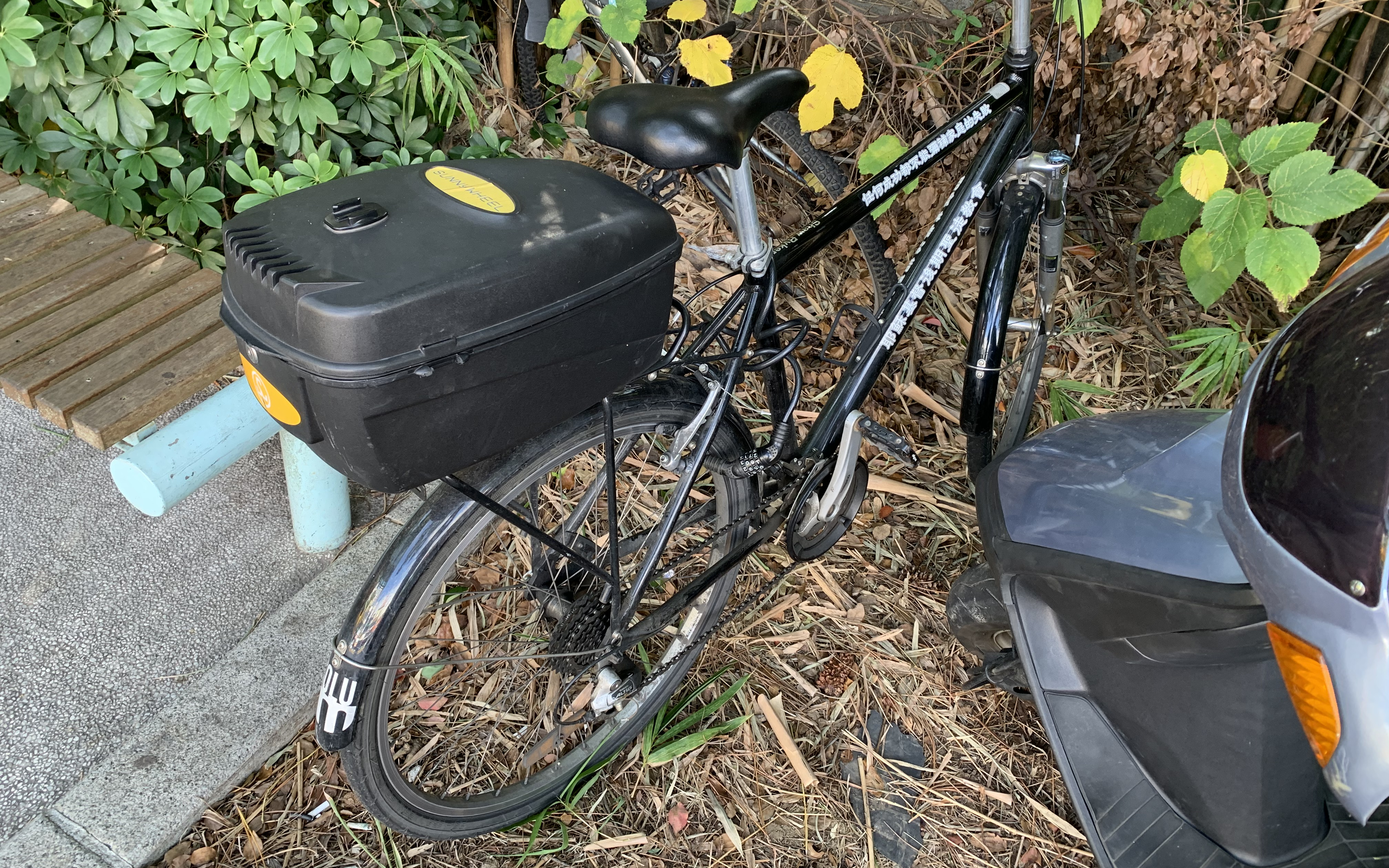
With a rear rack, your bicycle transforms into a trusty cargo carrier, enhancing its utility for everyday commuting, leisurely shopping trips, or adventurous tours. Moreover, these racks aren’t just about convenience; they also play a key role in enhancing safety.
By keeping the weight centered and low on the bicycle, rear racks ensure stable handling and balanced weight distribution, contributing to a smoother and safer riding experience. It elevates both the practicality and safety of your cycling adventures.
How to Use a Rear Bike Rack?
Here’s a comprehensive guide on how to use a rear rack on bike for different purposes:
1. Panniers and Backpacks
Panniers are saddlebags designed to hang on the sides of your rear rack. They provide ample storage space, making them ideal for carrying groceries, work essentials, or camping gear. Simply attach them to the rack, and you’re ready to go.

Additionally, you can also secure a backpack to the rack using bungee cords or straps, offering even more storage capacity for your items.
2. Baskets
Rear-mounted baskets are a classic choice for easy storage. They provide an open and easily accessible platform for your cargo. Baskets are perfect for carrying groceries, picnic supplies, or everyday essentials.
Available in various sizes and designs, you can choose the one that best suits your needs and style.
3. Saddle Packs
Saddle packs, or seat bags, are compact bags that fit neatly under your bicycle seat. While they may be smaller than panniers, they are perfect for carrying compact items like spare tubes, tools, or snacks.
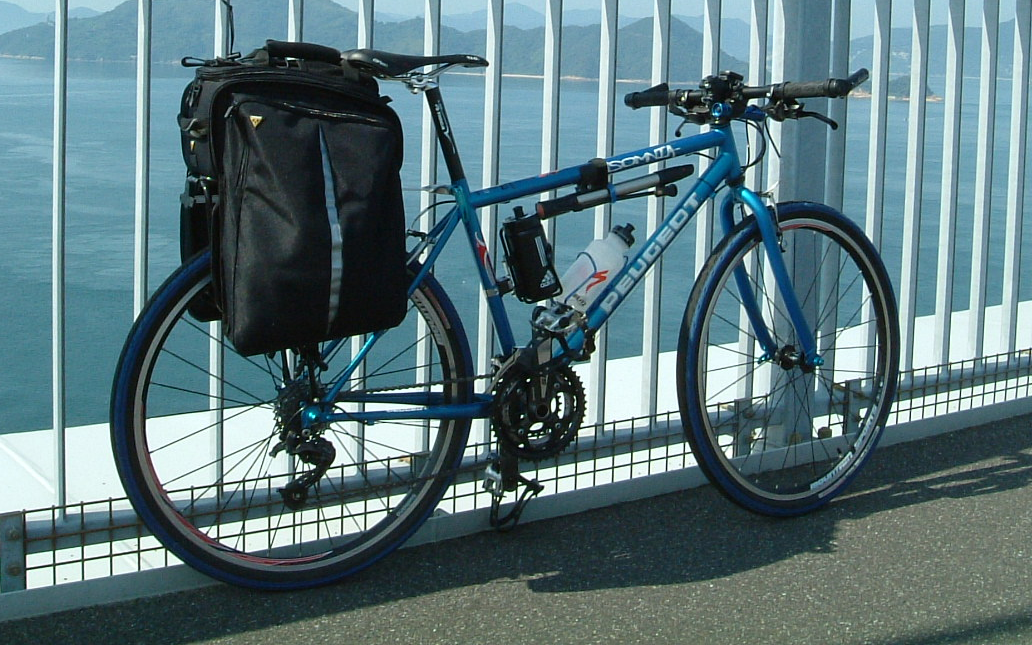
Saddle packs keep your essentials within easy reach during your ride, and their compact size doesn’t interfere with your biking experience.
4. Dog Carrier
If you’re a pet owner, some rear racks are compatible with specially designed dog carriers. These carriers provide a secure and comfortable way to transport your furry friend during your rides.
Remember to secure your dog with a harness and ensure proper ventilation for their safety and comfort. You can also consider adding a waterproof cover to the carrier to protect your pet from rain and wind.
5. Child Seat
Rear racks can also accommodate child seats, allowing you to enjoy family bike rides. Safety is paramount when using child seats. Invest in a high-quality seat that meets safety standards, and always ensure your child is securely seated for a safe and enjoyable ride.
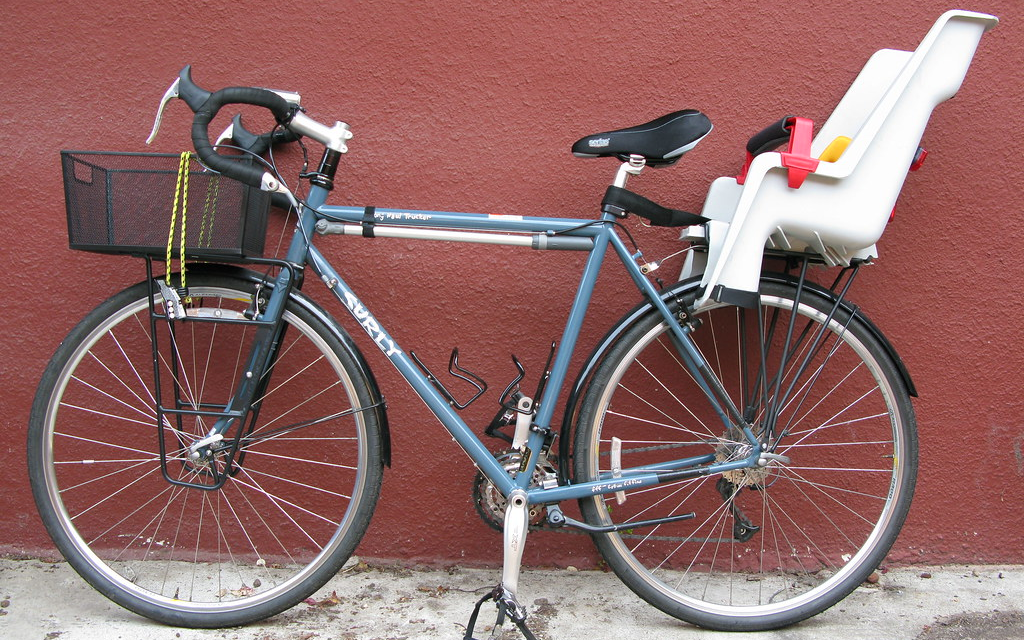
Choosing the Right Rear Rack for Your Bike
Selecting the ideal rear rack for your bicycle involves a thoughtful evaluation of several key factors.
Bike Type
Begin by understanding your bicycle type. Whether it’s a rugged mountain, a sleek road, or a versatile hybrid bike, the rear rack you choose should seamlessly integrate with your specific bike model. Different types of bicycles may have varying frame designs and mounting points, so compatibility is crucial.
Quality
Assess the quality of the rack, which primarily involves evaluating the materials used and its overall durability. Opt for racks constructed from robust materials like aluminum or steel, ensuring they can withstand the demands of your cycling adventures and endure exposure to the elements.
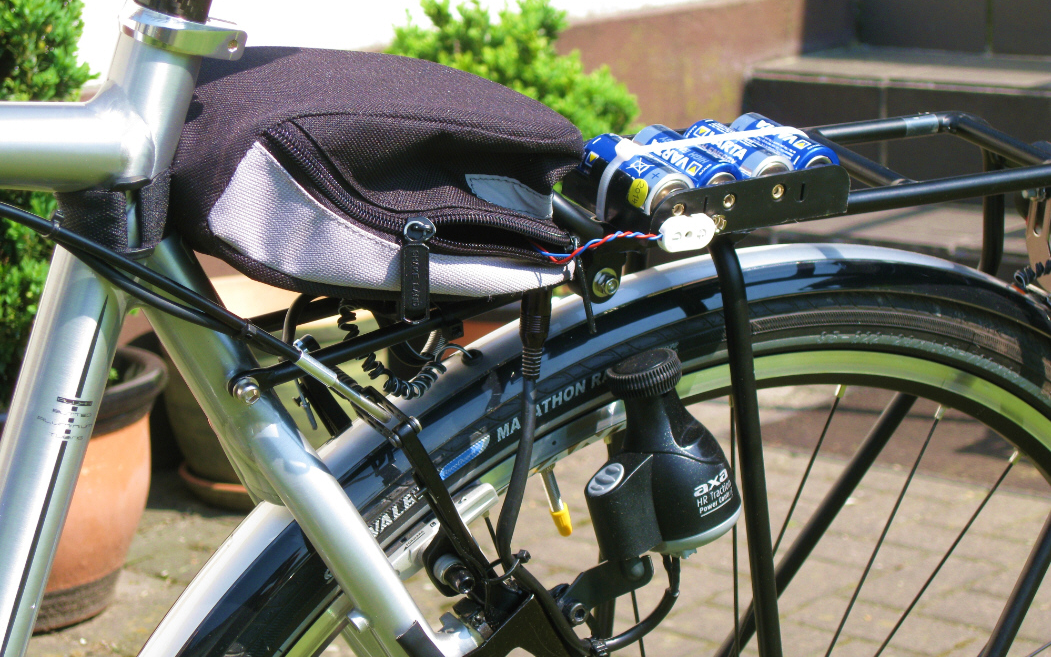
Compatibility
Check for compatibility between your bicycle and the rack. Ensure the rack aligns with your bike’s frame and design, minimizing installation complexities. Some bicycles have unique features or frame shapes, so verify that the rack can be securely mounted.
Security
Prioritize security. Look for racks with dependable mounting systems and consider additional locking options if you intend to carry valuable items. A secure rack ensures that your cargo remains in place during your ride.
Budget
Consider your budget when selecting a rear rack. Fortunately, there is a wide range of racks available at various price points, allowing you to find one that aligns with your financial constraints without compromising on quality.

Weight Capacity
Lastly, assess the rack’s weight capacity. Ensure it can handle the load you intend to carry, whether it’s daily essentials for your commute or gear for long-distance tours. Exceeding weight limits can affect both your ride’s stability and the rack’s longevity.
How to Mount a Rear Bike Rack?
When it comes to enhancing your bike’s utility, a rear rack is a valuable addition. Whether you’re a commuter or a touring enthusiast, it allows you to carry essential gear with ease. However, mounting a rear bicycle rack requires precision and the right tools.
The following steps will help you install it without any hassle:
Tools Required:
- A set of Allen wrenches
- Screwdriver
- Mounting hardware (typically included with the rack)
1. Positioning the Rack
Begin by positioning the rack over the rear wheel of your bicycle. Ensure it’s aligned with your bike’s frame and sits level. The rack should be centered over the wheel, with its legs extending towards the rear axle.
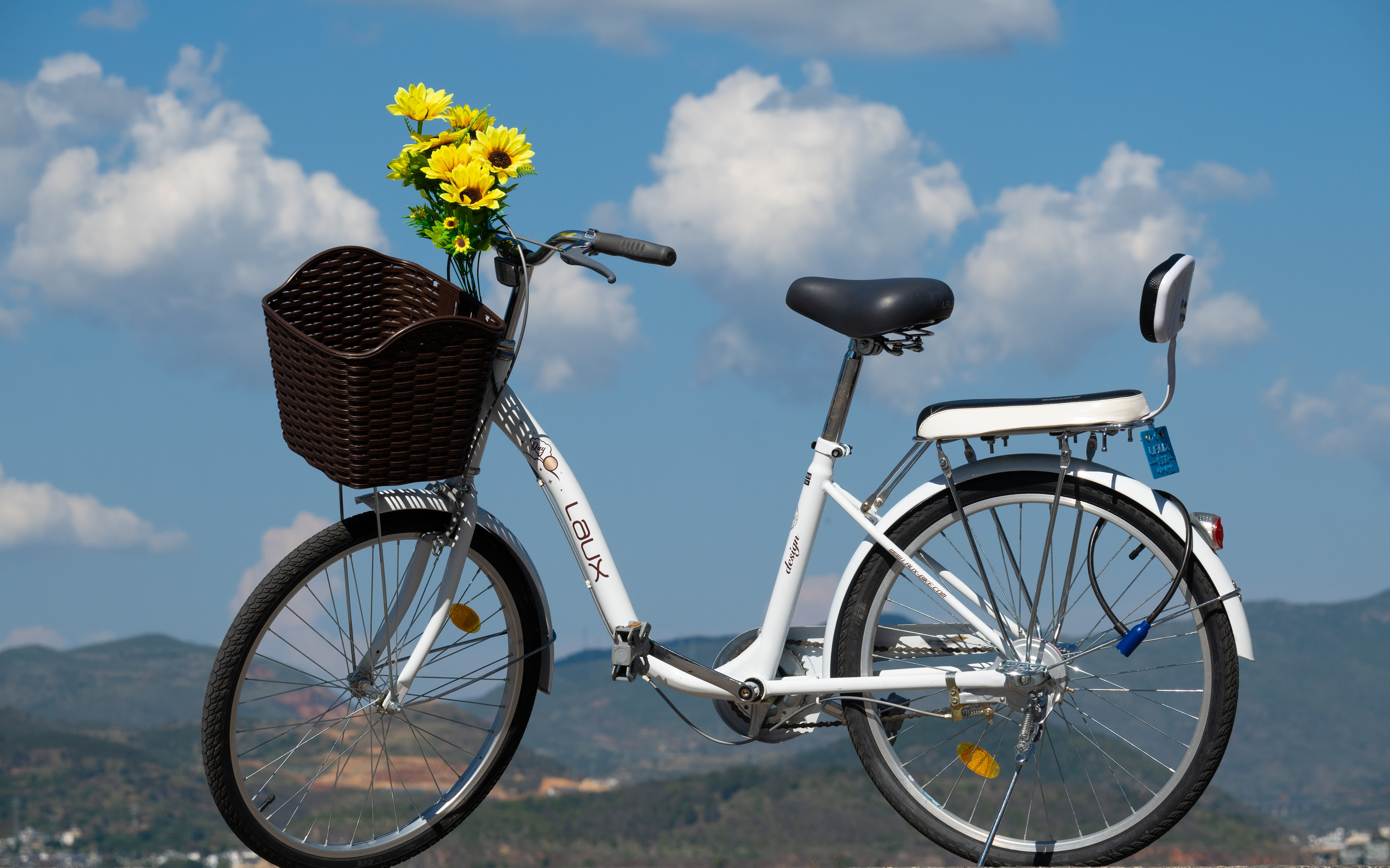
2. Attaching to the Eyelets or Using Adapters
Most bicycles come equipped with eyelets near the rear dropout and on the seat stays. If your bike has these eyelets, use them to attach the rack directly. If not, don’t worry. Many racks come with adapters that allow you to secure the rack using your bike’s brake bolt and seat post.
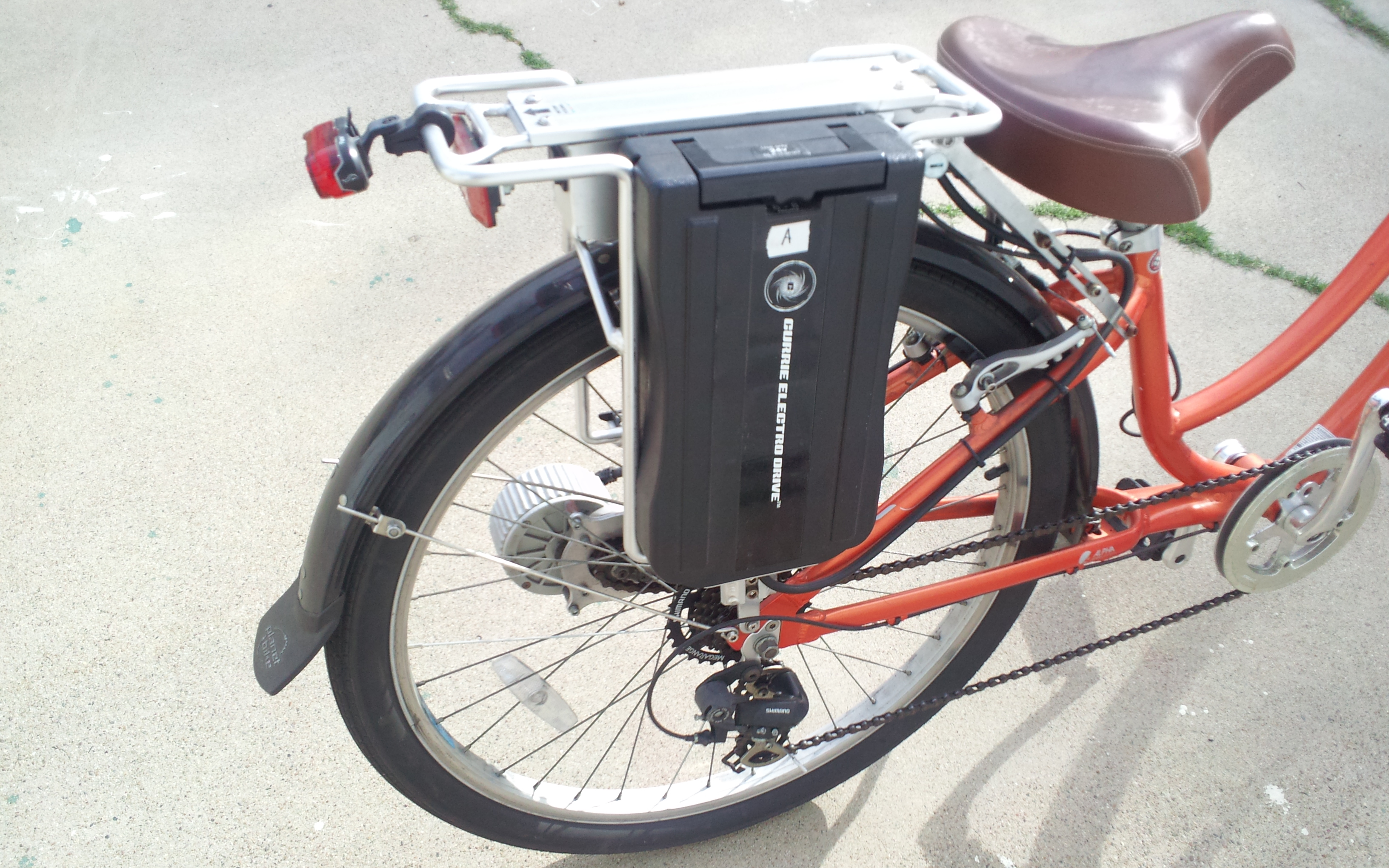
3. Ensuring Stability and Levelness
Double-check the rack’s positioning and alignment. Ensure it’s stable and level to avoid any wobbling or imbalance while riding. Use a spirit level or your bike’s frame as a reference.
4. Tightening All Bolts and Fasteners
Now, it’s time to secure the rack firmly in place. Using your Allen wrenches, tighten all bolts and fasteners. Start with the mounting bolts near the wheel axle, then move to the bolts on the rack legs. Make sure everything is snug and secure.
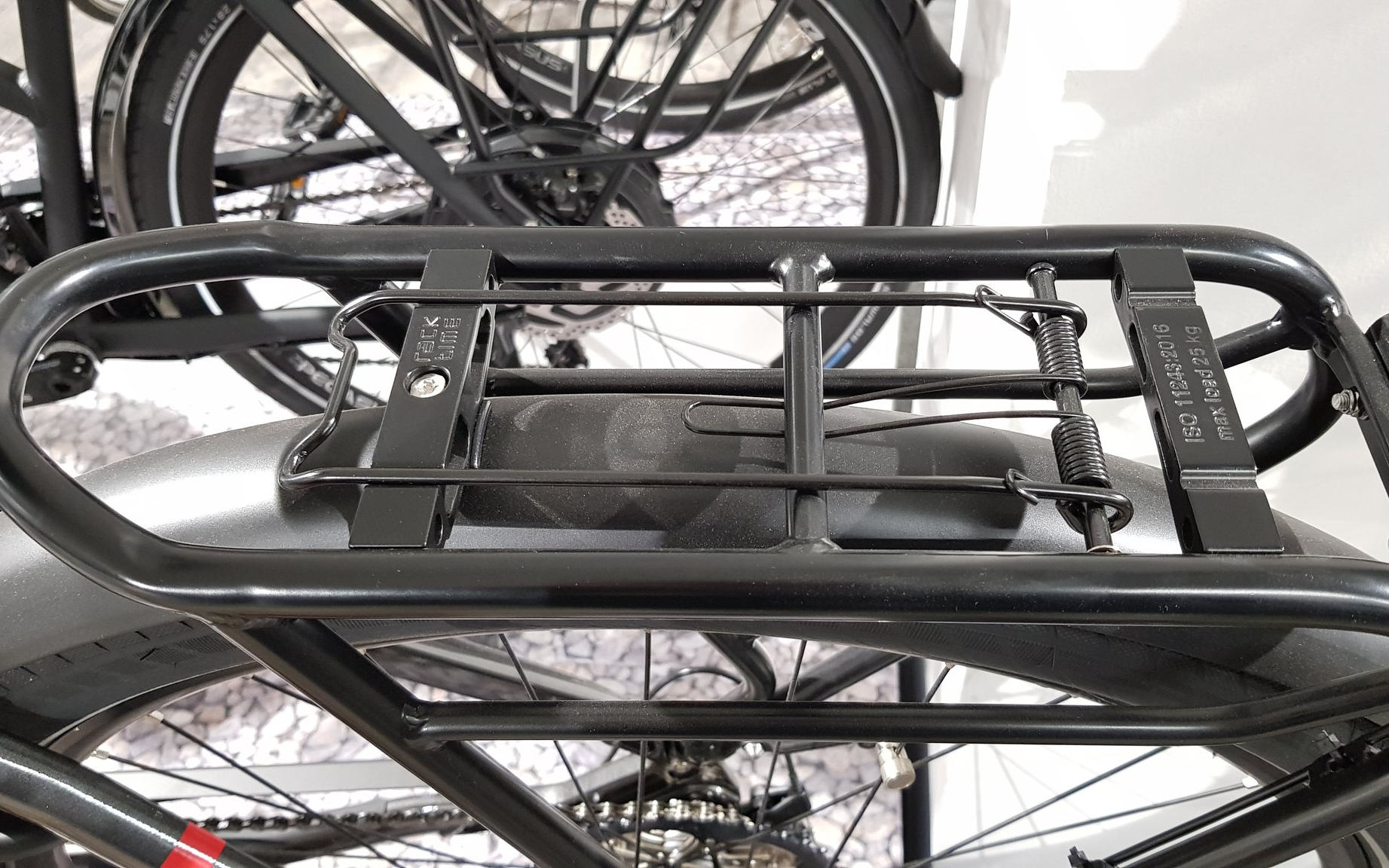
With these simple steps, you’ve successfully mounted a rear bike rack. It’s a valuable addition that opens up a world of possibilities for carrying gear.
How to Maintain and Care Rear Bike Rack?
Proper maintenance and care are key when it comes to ensuring the longevity and optimal performance of your rear bicycle rack. Regularly inspect your rear rack for any signs of wear, rust, or loose bolts. Clean the rack thoroughly to remove dirt, debris, and moisture that can contribute to corrosion.
Lubricate moving parts, such as hinges and attachment points, to prevent stiffness and promote smooth operation. Pay attention to the weight limits specified by the manufacturer and avoid exceeding them to prevent structural damage.
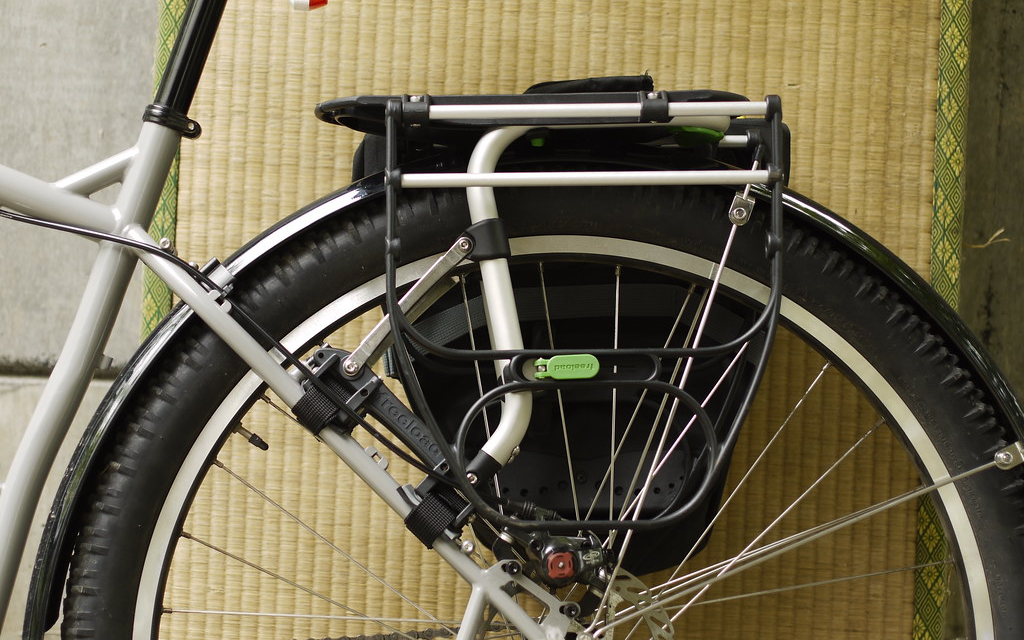
Additionally, inspect the mounting hardware periodically to ensure a secure fit. If you encounter any issues, address them promptly to prevent further damage and ensure the safety of your cargo.
By incorporating these maintenance practices into your routine, you’ll not only extend the life of your rear bicycle rack but also enhance the overall safety and reliability of your cycling adventures.
Conclusion
Understanding how to use a rear bike rack transforms your bicycle into a versatile cargo carrier, adding unparalleled convenience to your rides. It ensures secure and balanced transport of various items.
From panniers and backpacks to baskets, saddle packs, and even specialized carriers for pets or children, the possibilities are diverse. Choosing the right rear rack involves considerations such as bike type, quality, compatibility, security, budget, and weight capacity.
Proper installation and regular maintenance contribute to the rack’s longevity, ensuring a reliable and safe cycling experience with enhanced utility.
FAQs
Yes, you can put a pannier rack on a mountain bike with the right compatibility.
It depends on your needs; rear racks are more common for flexibility.
No, sitting on a bike rear rack is unsafe and not recommended.
Bike rear racks are worth it for added utility, convenience, and balanced weight distribution.



